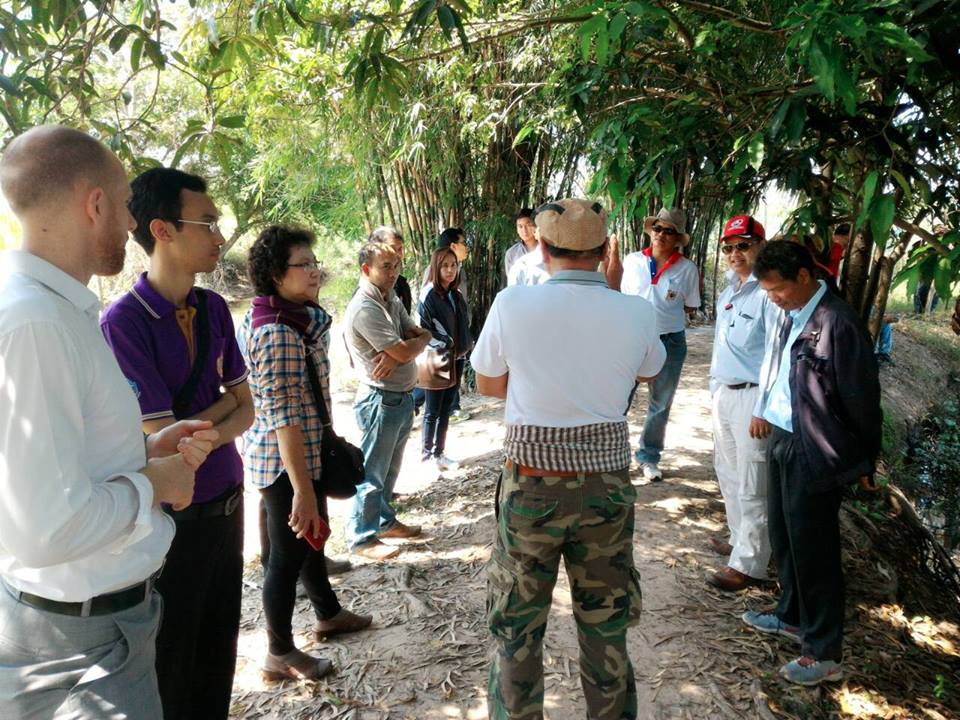Joint nature-focused research and monitoring
One aim of joint nature-focused research and monitoring (years 2007, 2011 and 2015) was to harmonize contrasting national methods. Harmonised methodology facilitates data exchange, management, and interpretation to inform park management strategies to protect these populations. The target species/groups included those that are of management concern in the parks: brown bear, Golden Eagle, waterfowl, butterflies, and ants. Brown bear is highlighted here as an important example.
Bears affect livelihoods of reindeer herders, which are important stakeholders in the Pasvik-Inari area. Bears are hunted in all the three countries, and estimated bear population size is used when determining numbers of hunting licenses. Modern DNA-sampling methodologies give the best estimate of the number of bears in the cross-border bear population. Hair was collected for DNA-analysis using hair snagging stations scattered around the area. In addition, local residents, in particular hunters and co-workers in the field were encouraged to collect fecal samples. Results can be compared between years, as identical methodology is being used throughout.
Cooperation with the parallel research project (run jointly by a Finnish university and government) on large carnivore DNA was important for information sharing. Expertise was also exchanged regarding waterfowl counts conducted along Pasvik River during summers of 2006 and 2007. Finnish experts could learn from Norwegian and Russian colleagues, who have long tradition in bilateral waterfowl monitoring. In addition, a Russian ant expert conducted an ant survey in all three countries.
A participatory process to develop the bear DNA sampling and population estimation methodologies was key to ensuring that stakeholders would accept the population estimates as valid. Fieldwork methodology and laboratory analysis was discussed by several experts in a workshop, and multiple institutions helped with field testing. Before testing the method in Finland, a public information event was arranged in a local village. All interest groups (e.g. border authorities, reindeer herders, hunting associations and the local residents) were informed about the study. During a workshop with research institutions and environmental authorities dealing with nature monitoring, participants presented and discussed on-going research in each country and recent experiences with DNA-sampling, population estimation (population size and structure, calf mortality), bear hunting, and bear-human conflicts. The workshop resulted in a strong cooperation on brown bear research between the institutions.
